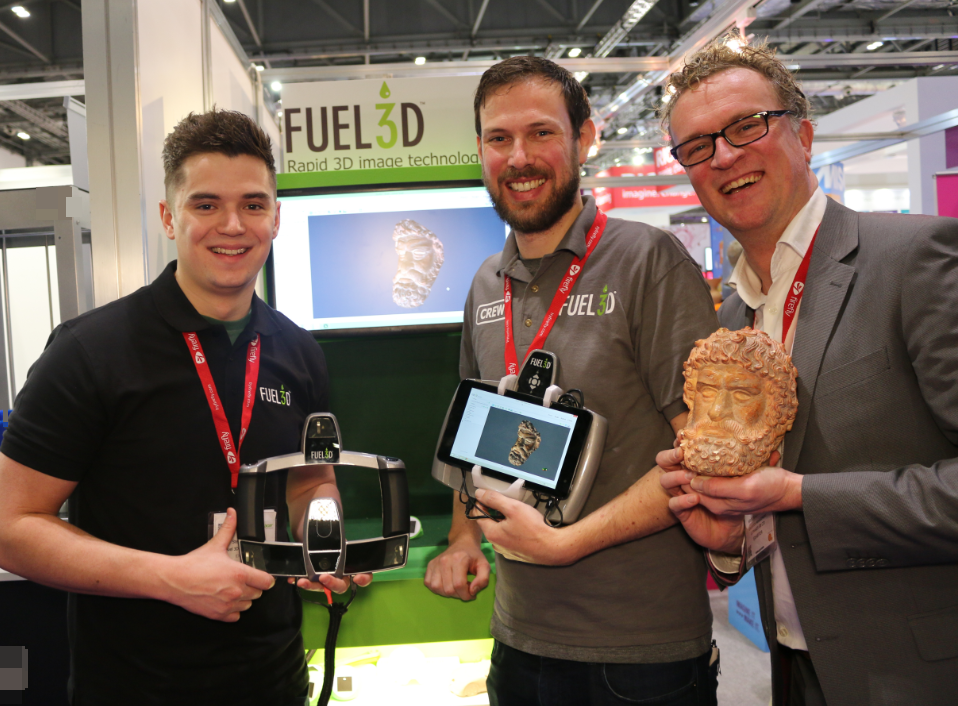At YouMagine, we are very proud that more and more FabLabs are becoming YouMagine member. FabLabs began as an outreach project from MIT’s Center for Bits and Atoms. A FabLab is a Fabrication Laboratory that provides access to (digital) fabrication tools, like lasercutters, 3D printers and much more.
FabLab London is YouMagine member too and one of their goals is to help students, teachers and schools to learn about the application of technology and computing.
I recently visited Fablab London, because it is unique in many ways. Unlike most FabLabs for example, FabLab London has an on-site electronics lab, with access to the latest technologies like:
- Arduino
- RaspberryPi
- KANO
- Intel Galileo
- Edison
What also makes FabLab London unique is :
- It’s location. Being in the center of London enables access to anyone and everyone who lives or works in London.
- The tools, machines and platforms FabLab London has craft machines and tools, expert machines and Digital fabrication including CNC. These are combined with the electronics lab, which means that anyone can make or create (almost) anything.
- The model. The phenomenon of fabrication hubs and make spaces is not new. What’s new, is that Fablab London has two interesting founding partners: Bathtub2boardroom and The Great Recovery. The Great Recovery focuses on ‘redesigning the future’, with an emphasis on ‘circular economy thinking’. The mission of Bathtub2boardroom is to fill commercial space with early stage entrepreneurs who have limited capital, but unlimited ideas.
- The team – tools, machines and platforms are amazing, but there is a need to have onsite experts who understand what you are trying to do and are capable of teaching or assisting you.
Some FabLab London team members:

Left to Right: Peter Troxler, Martin White, Karien Strouken, Ronald Scheer, Ande Gregson and Tony Fish.
- Martin White, product manager FablabLondon
- Karien Stroucken, Education manager FablabLondon
- Ande Gregson, co-founder FablabLonden
- Tony Fish, co-founder FablabLonden
also in the picture:
- Peter Troxler, board member Fablab Benelux Foundation
- Ronald Scheer, on behalf of YouMagine
My best advice is to visit FablabLondon when you are in London, and you can have a unique experience too!
Contact FabLabLondon
Visit Fablablondon.org
Send a tweet to: @fablablondon







